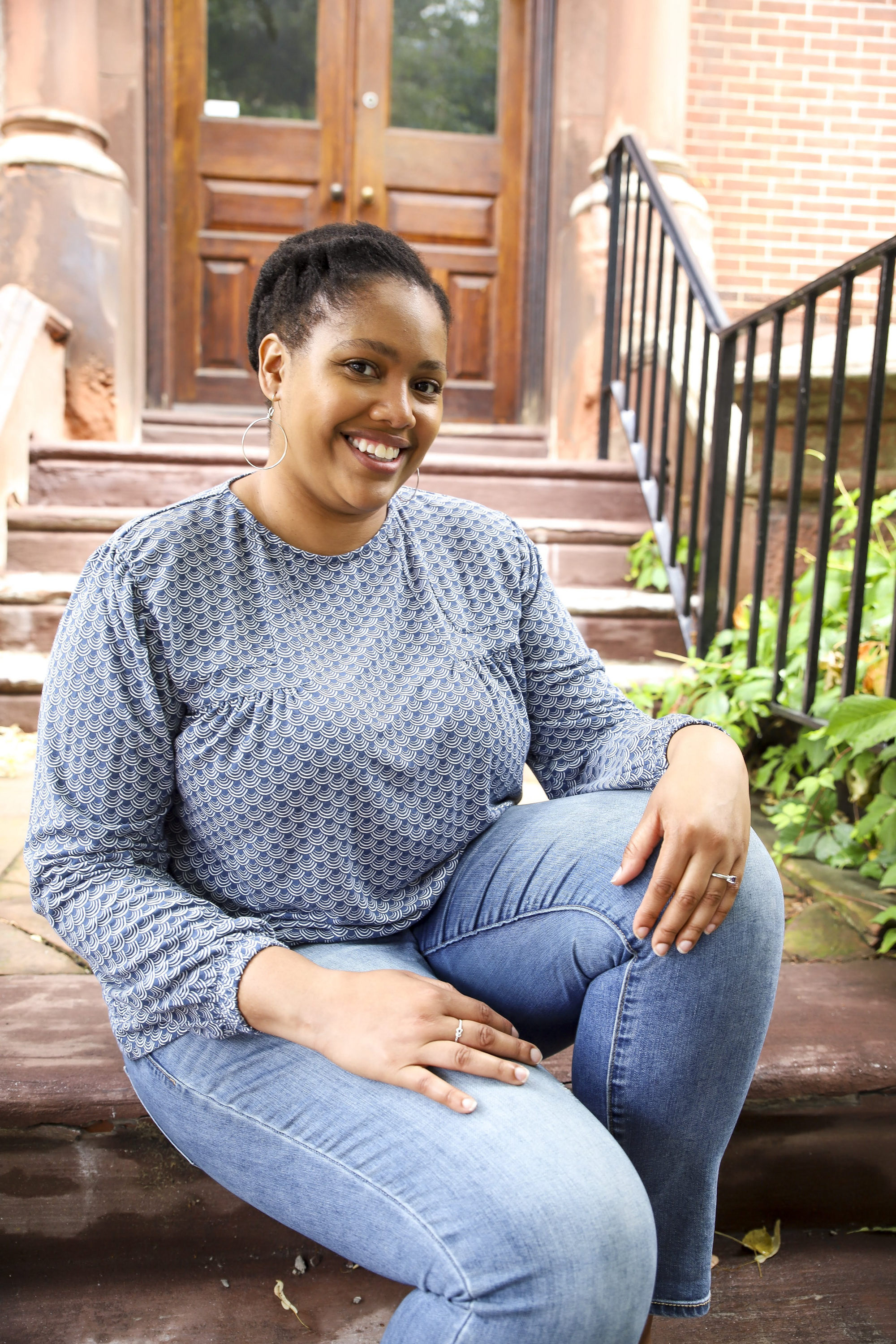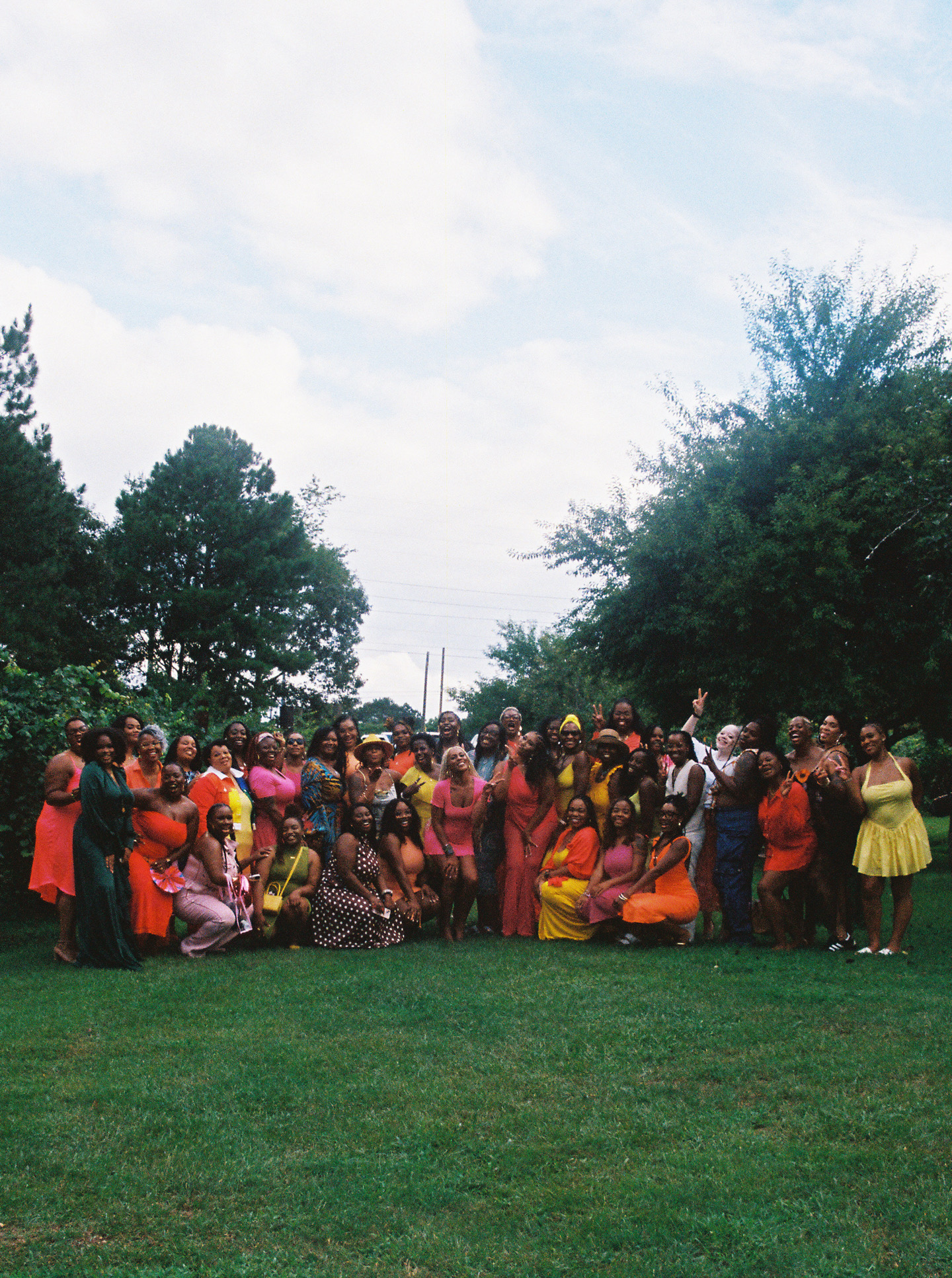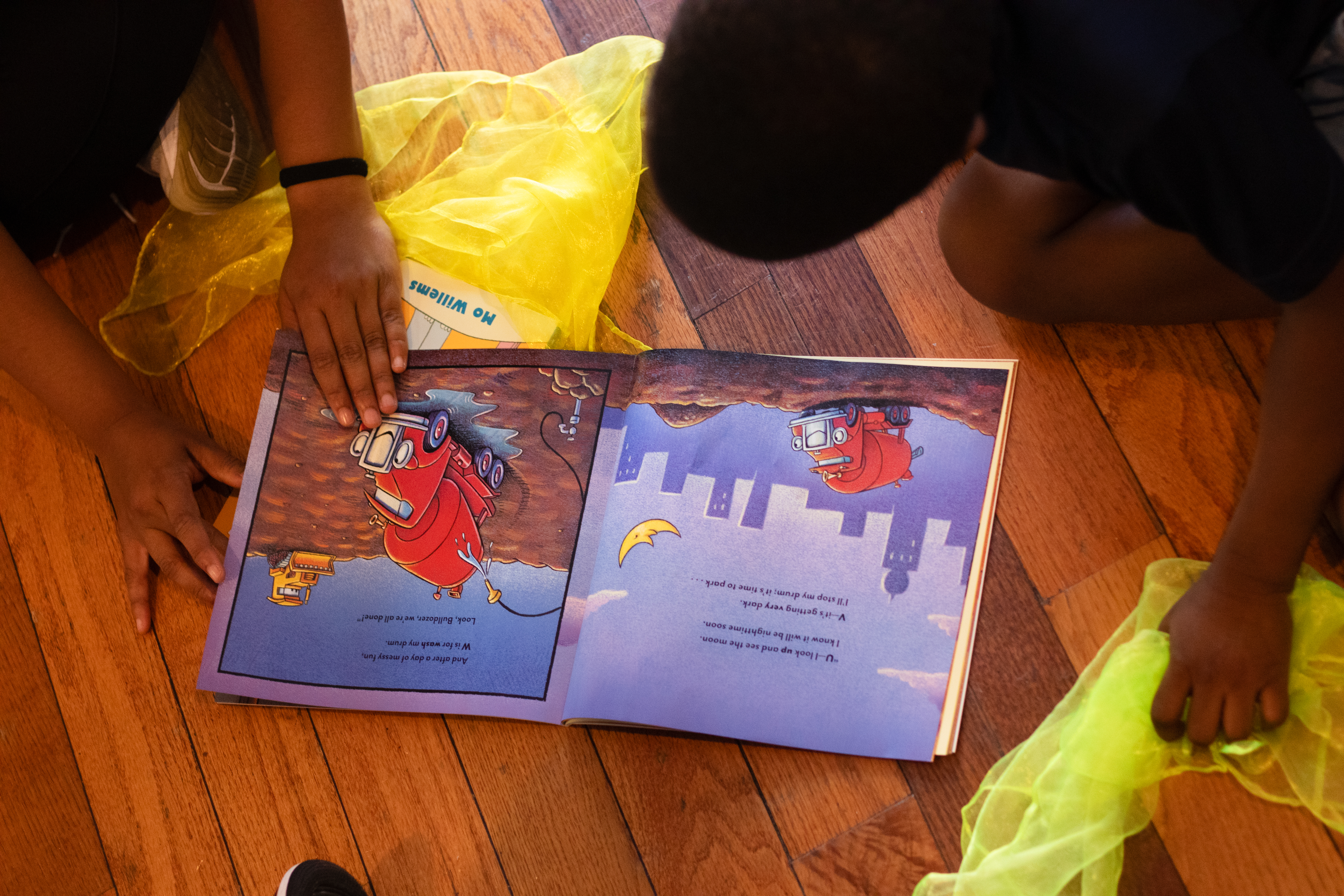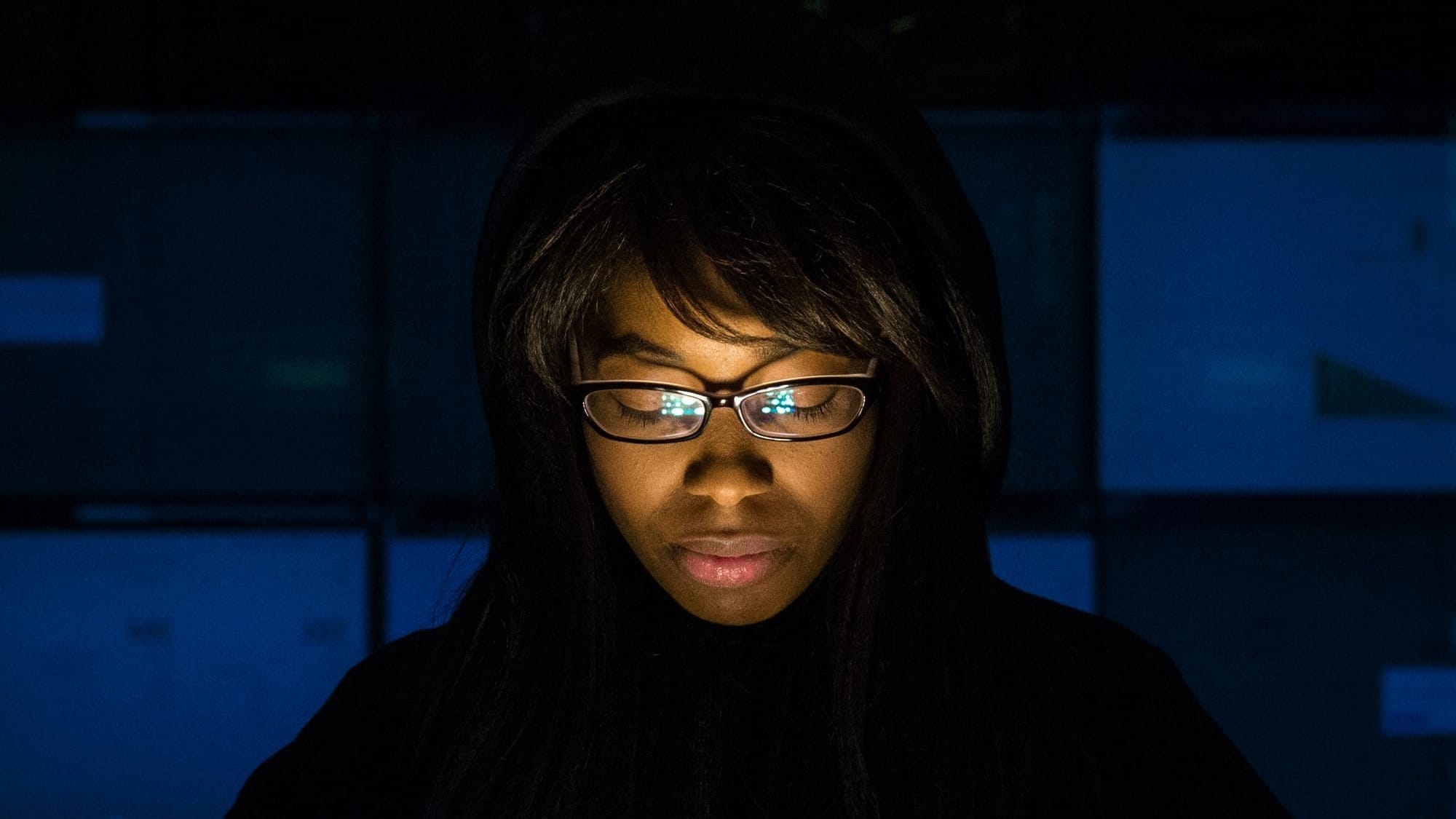The Block is HOT: How Structural Racism Affects Black Neighborhoods
Why do these disparities exist? Well, the short answer is racism. But to fully understand how we as a city arrived to where we are now, we must first understand our city’s past.
The Summer of 2024 is one of the hottest summers on record nationwide. The Philadelphia area is no exception and several weeks of summer still remain. As the sweltering temperatures rise, they do more than just make residents sweat and seek the respite of pools and a cool water ice. They illuminate the stark disparities between the neighborhoods in the City of Brotherly Love.
Why do these disparities exist? Well, the short answer is racism. But to fully understand how we as a city arrived to where we are now, we must first understand our city’s past.
Philadelphia is “one of the country’s most racially segregated cities.” The city, like many others, has an unfortunate history of redlining, a discriminatory practice that locked people of certain races or ethnic groups into specific neighborhoods by systematically denying them financial services such as the loans, mortgages, or insurance they would need to secure a home in a different neighborhood.
As the City Controller’s office notes, “Without access to lending and legal deed ownership, minority populations in Philadelphia were forced to reside in neighborhoods condemned by the federal government as unworthy of investment. This denial of opportunity has compounded in the decades since, leading to unequal outcomes across Philadelphia’s segregated neighborhoods nearly a century later.”
Despite the 1968 Fair Housing Act and the 1975 Home Mortgage Disclosure Act, the legacy of redlining remains. The same redlined areas from the initial 1937 redlining maps are still disadvantaged neighborhoods decades later.
Often, these disadvantaged neighborhoods have one very noticeable missing trait; trees. We all know the relief that shade from a tree on a hot sunny day can provide, but trees do more than just provide a shady respite. Neighborhoods with trees and grassy areas trend cooler as treetops provide not just shade, but release moisture into the air, thus cooling their location further. This process is called evapotranspiration. The more trees and grass, the cooler the area.
Therefore, areas without as many trees and grassy areas are often significantly hotter in the summer months than those with those features. Neighborhoods with less trees and grassy areas also tend to be in more disadvantaged neighborhoods.
What these areas lack in greenery, they make up for in surfaces that only make the summer heat worse. Philadelphia, like many cities, is covered with surfaces like concrete, dark surfaces, and asphalt that not only absorb and trap heat during the day but also release that same heat at night. This is called the Urban Heat Island effect, a cycle of city surfaces locking in heat during the day and releasing that heat in the evenings, providing no relief for residents living in these neighborhoods.
Many Black neighborhoods also tend to be in closer proximity to industrialized areas and traffc centers. This exposes those who live in these areas to pollution and how that pollution traps heat in a dangerous cycle.
The Environmental Protection Agency conducted a study that found major discrepencies in the air quality in People of Color’s neighborhoods versus majority White neighborhoods. This study also notes that prolonged exposure to pollution can “cause lung and heart problems, especially for those with chronic disease, younger people, older people, and other more vulnerable populations.” Vulnerable populations, such as children, the elderly, disabled folks are especially vulnerable to the double and detrimental harm of pollution and heat exposure.
A 2022 study by Drexel University noted that the continued lack of community investment, climate change, lack of green spaces, and pollution in certain areas can all be traced back to redlining. Worse, that combination is creating not just dangerous, but what could be a deadly effect on the residents of Philadelphia’s most vulnerable neighborhoods.
With about 25% of natural hazard mortality attributed to heat exposure, and with summers trending hotter each year, what results is more than just mere inconvenience. Extreme and prolonged heat can, and too often does, result in health emergencies or even death. Extreme and prolonged heat is dangerous all on its own, but combined with other health factors, such as prolonged illnesses and various conditions, the heat can be a death sentence. As of July of this year, four people in Philadelphia died. Heat was considered a contributing factor of three of those deaths and the determinant factor in one.
The City of Brotherly Love has a problem. That problem started almost a century ago and its consequences worsen by the year. That problem is keeping entire swaths of the city hotter than others. That problem is exposing needless thousands of people to dangerous environmental factors. That problem is making its residents sick. That problem is costing lives. That problem is structural racism. Its time that problem is addressed for good.





